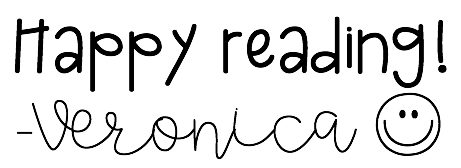It's Raining Pigs & Noodles

Title: It's Raining Pigs & Noodles
Author: Jack Prelutsky
Illustrator: James Stevenson
Genre: Poetry
Awards: Parents' Choice Gold Award, IRA/CBC Teachers' Choice, IRA/CBC Children's Choice
Age Group: Pre-K–2nd
What an appropriate title for a book I read as it was raining outside! This collection of poems is super fun and they all have an engaging rhythm to them. The adventure starts off with an assortment of animals, objects, and foods falling from the sky. Who needs rain when you have brooms, eggs, nickels, and model trains? Then there is the wonderful cuisine of chocolate and fish (delicious, right?) or the poor boy that is taller than a giraffe. Of course we can't leave out the fantastic buys you can make at the Outer Space Miracle Mall (hello, carnivorous polka-dot moles!) or the running onions and flying feathered fish. In case you thought that was enough wackiness for one poem book, meet the Plooters (they don't care) or Snevington Snee (currently hanging off a coconut tree). Are you hungry? Maybe you would enjoy some worm puree. Not your thing? How about monkey lips, traffic jam, or weasel cheese? This wild ride ends with a poem that asks some very literal questions that will have you laughing out loud!
I would definitely use It's Raining Pigs & Noodles in my classroom! These are perfect poems to entertain kids and to have them analyze, because every poem has some type of rhyme scheme or word-play. These poems would be great to read aloud a few at a time.
This poem book is aimed at younger kids. I would recommend it for Pre-K through 2nd grade. These poems are simple enough for new readers to be able to start reading on their own, although there are some silly or made-up words that they would probably need help with. Because the content subject is so light and humorous, this makes that age group the perfect audience for these poems.
The individual poems in this book would be perfect for analyzing. I can picture myself writing one of these poems on an anchor chart and going through the rhyme scheme and literary elements with the class. You could incorporate class participation by labeling the elements on sticky notes and having students come stick them up where they are found in the poem. A craftier activity would be to have students draw a picture based on one of the poems and find a few different text examples to support why they drew it that way. A third idea would be to use an individual poem to illustrate a lesson. For example, the poem Chocolate-Covered Salami would be a great introduction to a lesson about juxtaposition. Juxtaposition is two things close together that contrast, just like "pickles in chocolate pudding".




Comments
Post a Comment